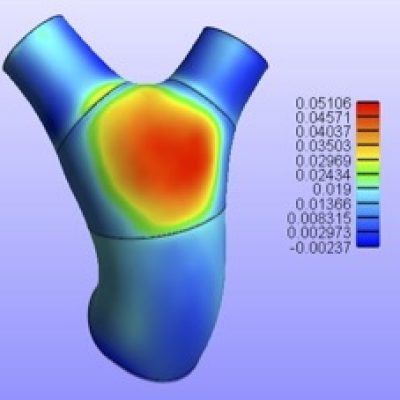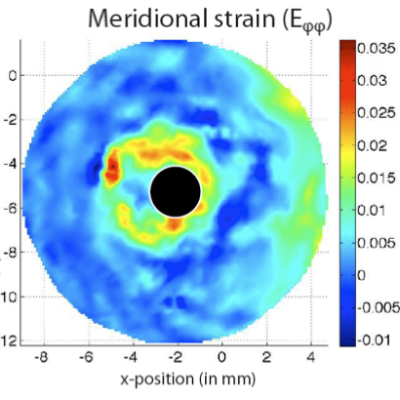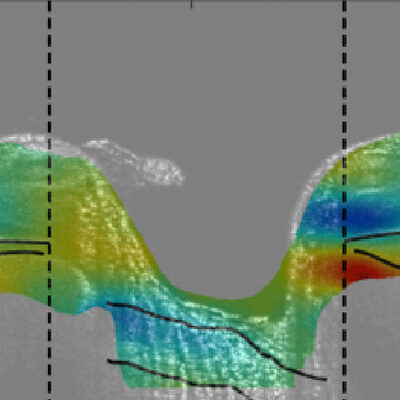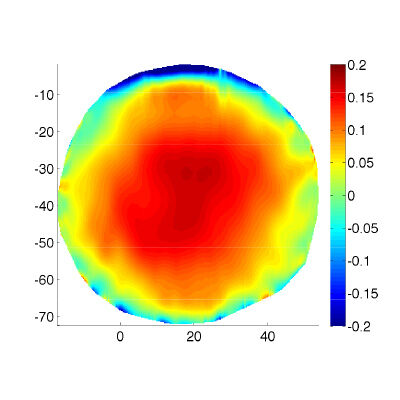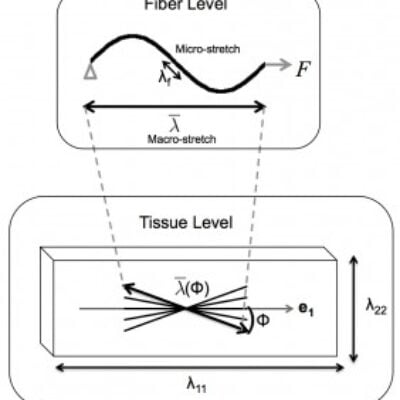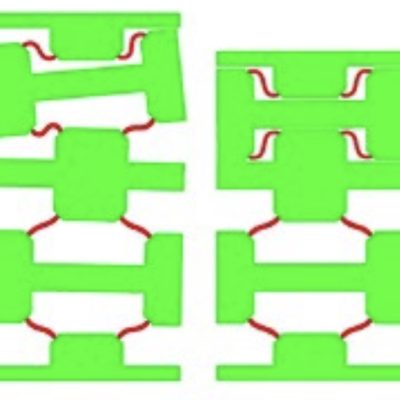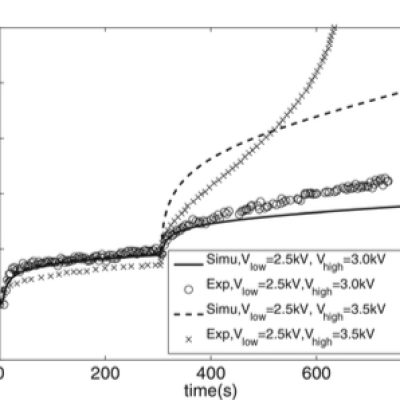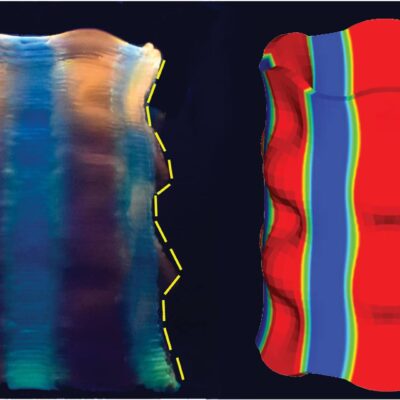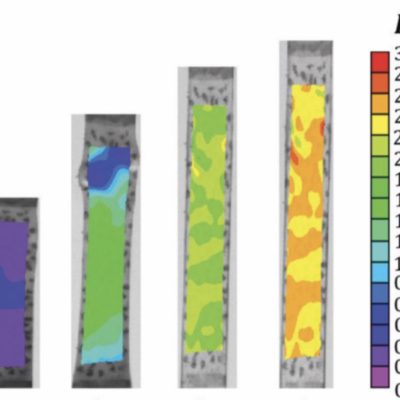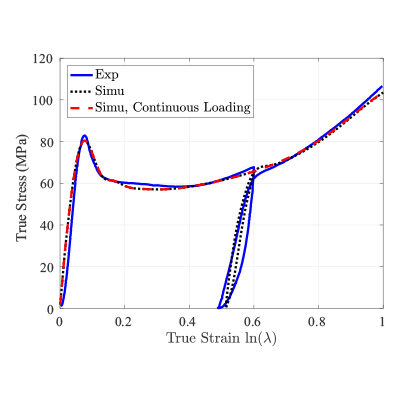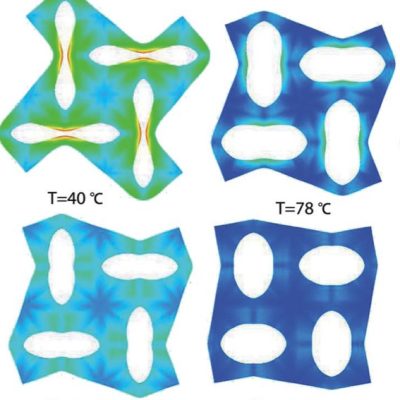MECHANICS OF SOFT ADAPTIVE MATERIALS
We are broadly interested in studying the mechanics of soft engineering and biological materials using an integrated experimental and modeling approach. In particular, we are interested in adaptive materials that can exhibit dramatic changes in microstructure, mechanical properties, and macroscopic shape in response to an environmental stimulus.
Engineering soft adaptive polymers, such as shape memory polymers, hydrogels, and dielectric elastomers have wide-ranging applications. The ability of these materials to respond to environmental stimuli (e.g., temperature, solvent, pH, and electric field) can be exploited to design deployable multifunctional devices for biomedical applications (e.g. stents, sutures), soft actuators, and energy harvesters.
Soft tissues are nature’s adaptive materials that grow and remodel in response to mechanical stimuli. Growth can induce a macroscopic shape change while remodeling can alter the tissue microstructure and mechanical properties. Tissues may become stiffer, less anisotropic, thinner with the development of diseases. A fundamental understanding these processes is essential to the development of innovative diagnostic techniques and therapeutic treatments.
The mechanical behavior of soft adaptive materials is complex often exhibiting large deformation, anisotropy, and viscoelasticity. Further complicating matters, adaptive behavior involves the coordination of multiple coupled physical phenomena, including thermal, mechanical, chemical, and electrical processes, as well as an evolving microstructure, such as in the case of remodeling for tissues and phase transformation for polymers. Our work seeks to develop innovative experimental tools and theoretical as well as computational models to investigate the fundamental microscale mechanisms and microstructural origins of the behavior of soft adaptive materials.


